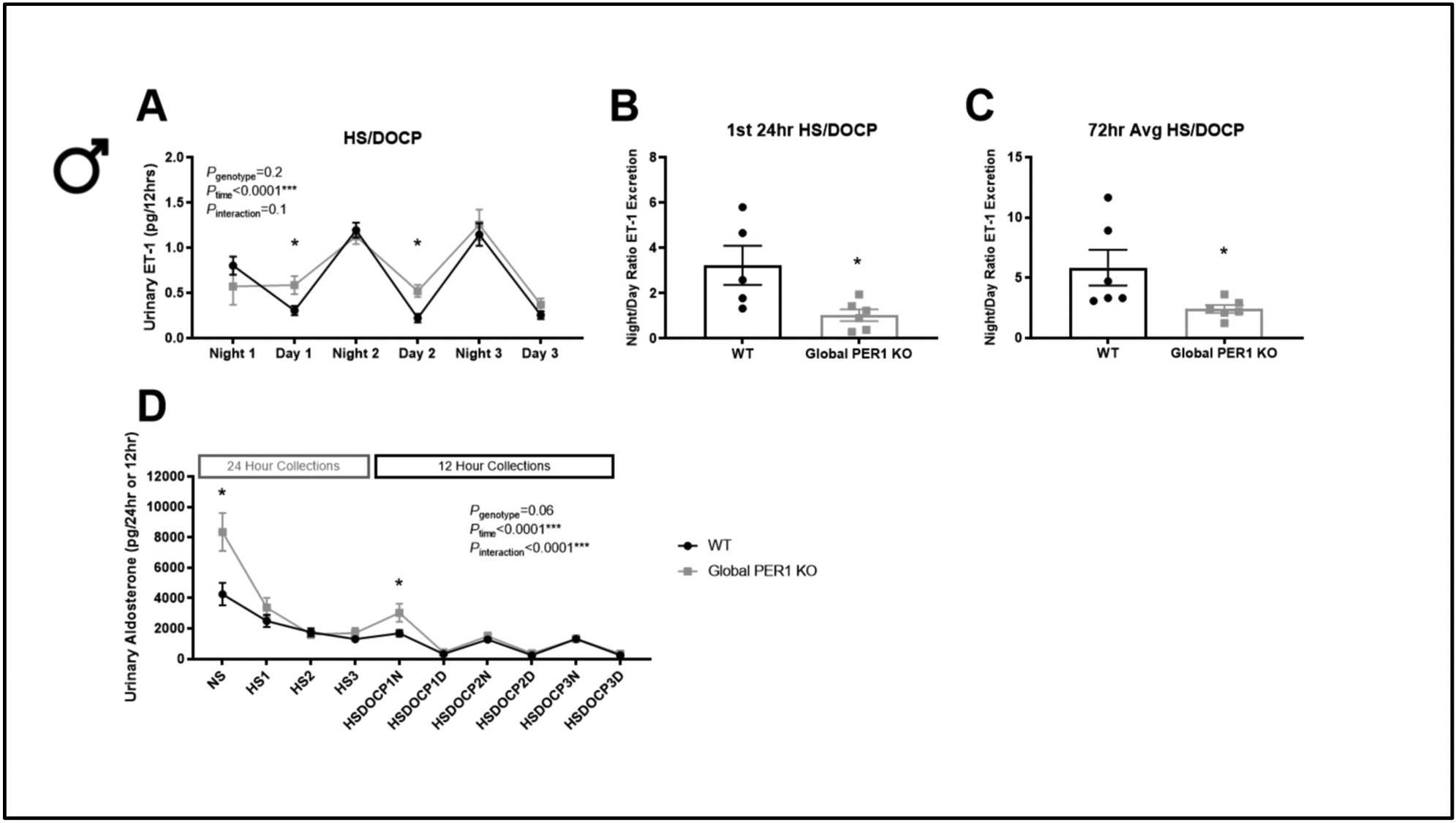Figure 1: Male Global PER1 KO Mice have Increased Urinary ET-1 During Inactive Periods.

12-Hour urinary ET-1 peptide in male WT and global PER1 KO mice immediately following a HS/DOCP treatment (A). Night corresponds to 6pm-6am (lights off; mouse active period). Day corresponds to 6am-6pm (lights on; mouse inactive period). Night/Day ratio of urinary ET-1 excretion was calculated for the 1st 24-hrs on the HS/DOCP treatment (B) and for 72hrs on the treatment (C). Urinary Aldosterone (per 24- or 12-hr) was measured for male WT and global PER1 KO mice throughout the course of the metabolic cage experiment. N=5–6 per group, statistical significance measured by T-test WT vs KO within each collection (*P<0.05), overall genotype and time effects for all days of treatments were measured by 2-way ANOVA with repeated measures.
